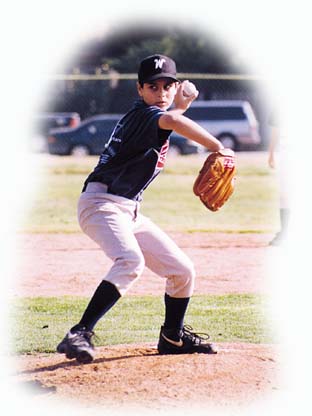hideYou must login to access that area.
Announcement
by Don Marsh One of the very first things I tried to teach our son, Zachary, who’s now a starting pitcher for his high school team as a sophomore, was that even a Hall-of-Famer isn’t going to always have his best stuff. I told him that, on the average, one of every four times he walks out there he’s going to have to try to survive on his wits, because for whatever reason, the skills just won’t be there. Proof lies in his recent winter baseball experience, which lasted a total of four games. During the first three outings he struck out fourteen kids in a total of six innings of work. He was feeling pretty good about himself, as he took the mound for the fourth start. Then the wheels fell off the cart. Afterward, I sat him down in the bleachers and tried to walk through some individual pitch selections he had made, but mostly to remind him of the story he’d been told all those many seasons ago. He listened. And eventually felt better about his future, if not his current performance. What do you do when the fastball’s not moving, the curveball’s flat and the change-up takes about four bounces on the way to home plate? The answer, in a word, is “Simplify”. Unless there is an injury involved, problems for a pitcher almost always are a matter of good mechanics temporarily gone bad. Keep in mind that, as we’ve said before, there are four parts to the pitching motion, and even a small breakdown in any one of them, leads to problems the rest of the way through. If, for example, you’re having problems with your balance following the step-back, the first part of the motion, then start pitching from the stretch. This gives you a better chance of reaching your balance point, which is the second part of the motion. If you’re having problems with your control, make sure your plant foot is facing home plate on the landing and that it’s landing in the same place, every time. That’s the third part of the pitching motion. Then make sure your follow-through is “throwing-hand-to-opposite-knee”. That’s the fourth part. Most of all, just slow down. Take your time. Don’t try to throw every pitch perfectly. Just try to throw one strike at a time, and let your teammates do the rest of the work for you. Simplify. And then go out and get them with your best stuff the next three times.

Comments
There are no comments for this announcement.